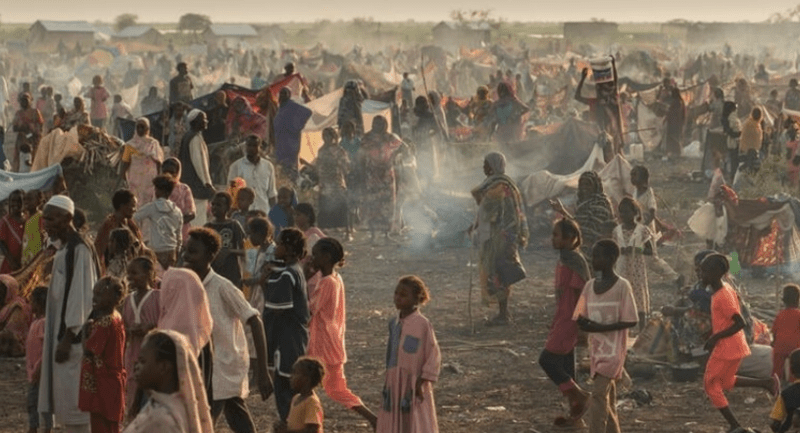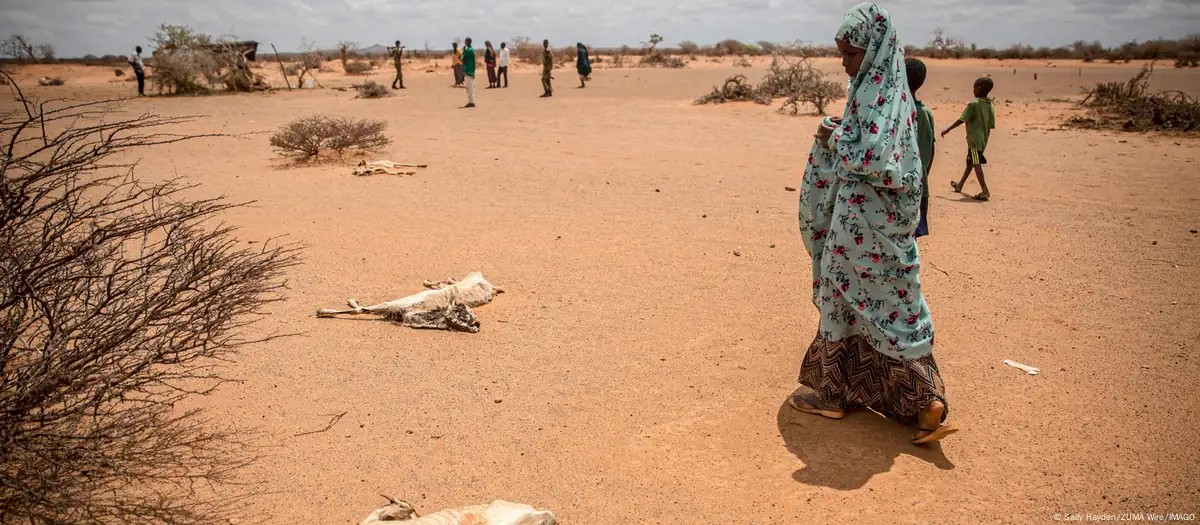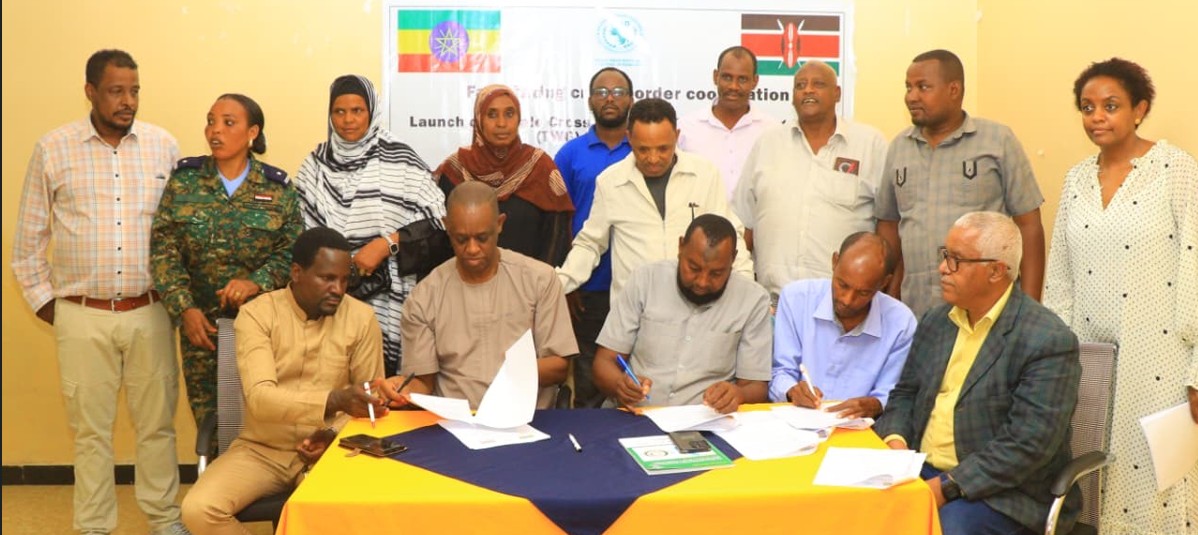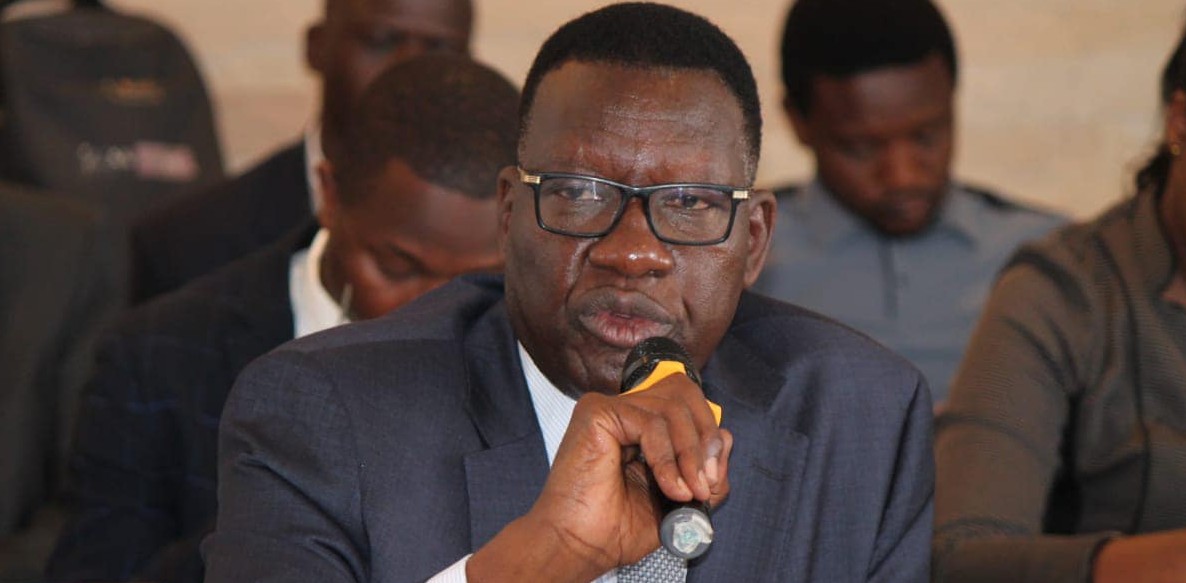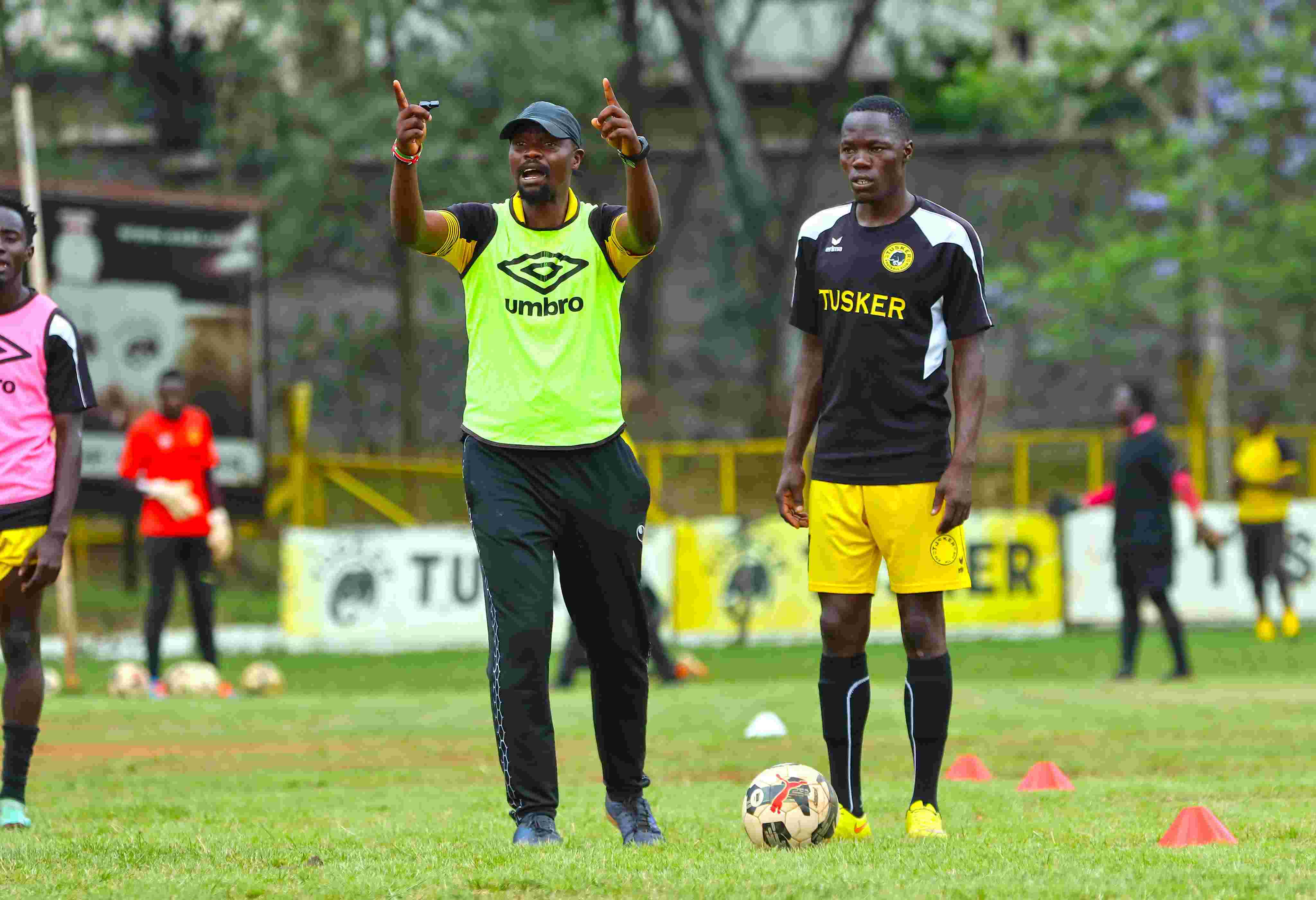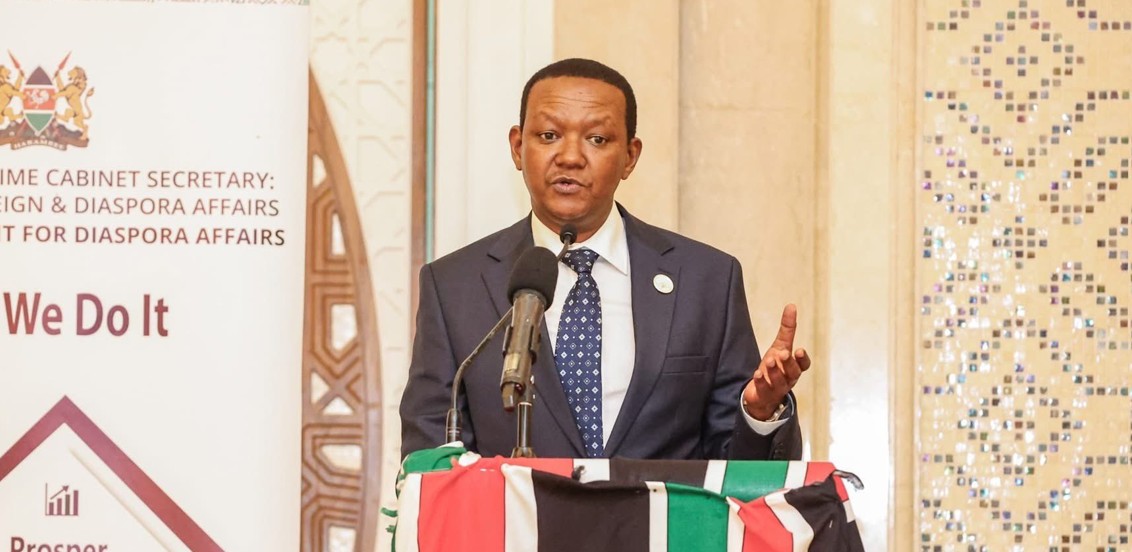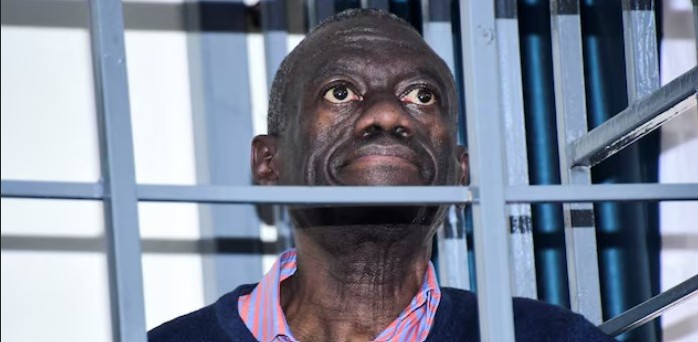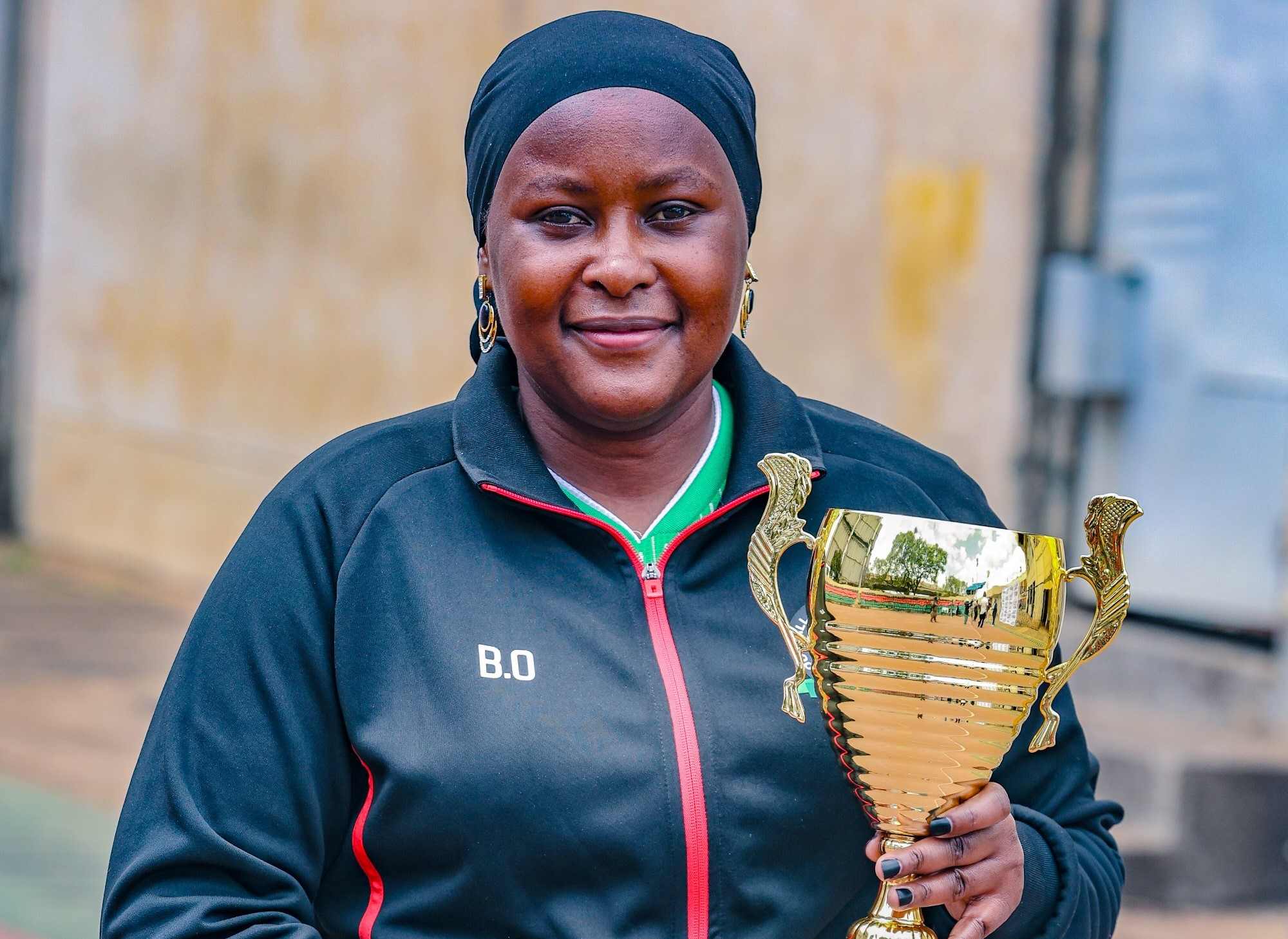Why Nairobi spent Sh0 on development in the first quarter - Sakaja
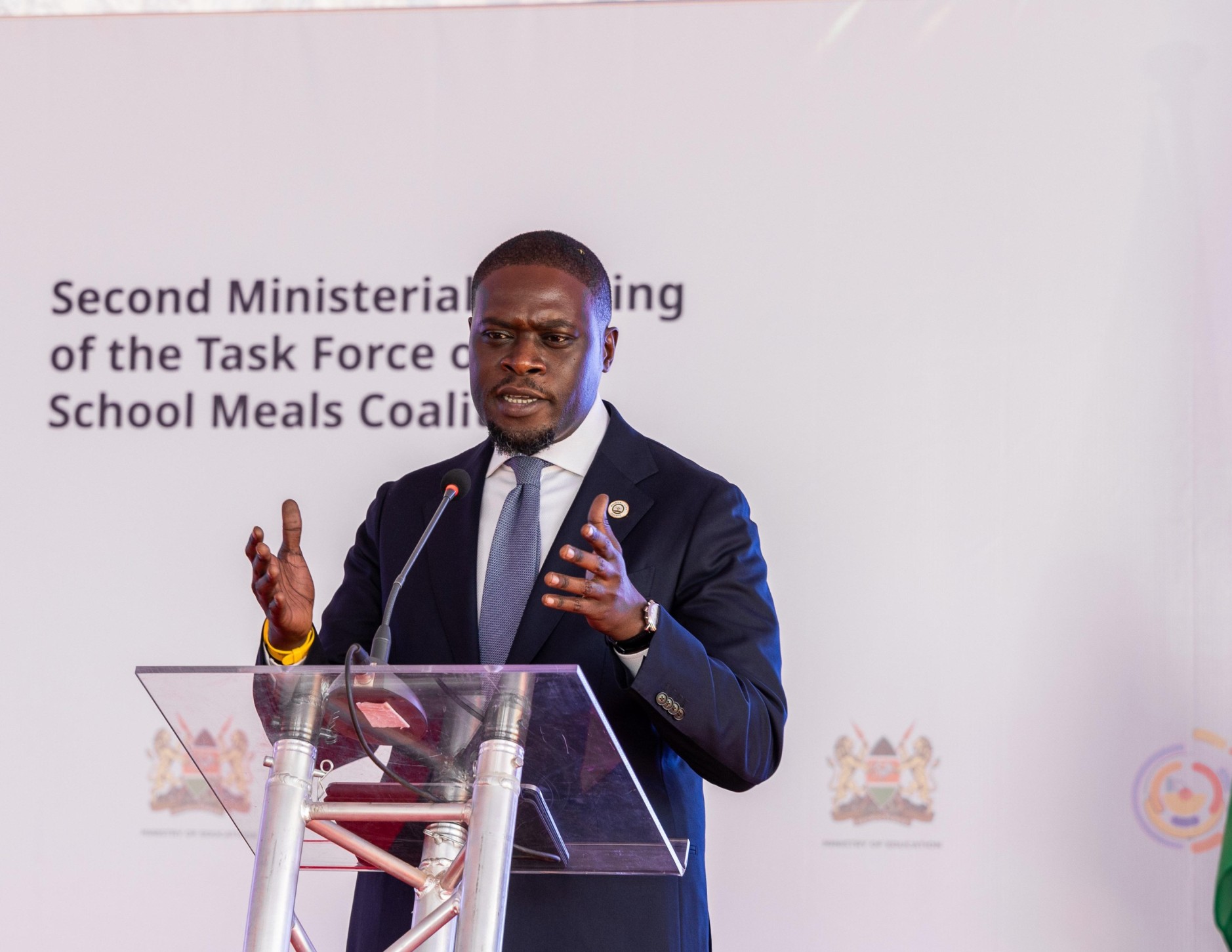
Sakaja explained that counties did not receive exchequer releases from the National Treasury during the first two months of the financial year.
Nairobi Governor Johnson Sakaja has defended his administration over claims made in a report by the Controller of Budget (CoB), which stated that the County spent nothing on development during the first quarter of the 2024-2025 financial year.
The report, which covers the period from July to October, also highlighted other counties, including Kajiado, Baringo, Lamu, Uasin Gishu, and West Pokot, as having recorded zero expenditure on development projects.
More To Read
- Governor Johnson Sakaja appeals for funds to sustain ‘Dishi na County’
- Billions locked in stalled county projects across the country - CoB Margaret Nyakang'o
- Treasury warns billions at risk as counties rely on third-party revenue systems
- Counties spend nearly half of budgets on salaries, audit shows
- Funding cuts spark urgency in state corporation shake-up, says Parliamentary Budget Office
- Controller of Budget flags 16 counties for concealing true staff expenditures
In a statement issued on Thursday, Sakaja explained that counties did not receive exchequer releases from the National Treasury during the first two months of the financial year.
The first disbursement, he said, was only made on September 23, 2024, contributing to the delayed development spending.
He further clarified that despite these challenges, Nairobi County successfully relied on its own-source revenue to cover operations, maintenance, salaries, and personnel costs.
Sakaja also pointed out that, between July and November 2024, the county had spent Sh844,184,929 on various ongoing development projects.
These included the ongoing construction of the Jujo and Mutuini markets, with a combined expenditure of over Sh93 million.
The county also invested in the construction of a boundary wall, gatehouse, and parking facilities at the Safe House for approximately Sh12.8 million.
In terms of sports facilities, Sakaja said the county spent substantial amounts on the rehabilitation of Mwiki Sports Ground and the Joe Kadenge Artificial Turf, drainage, and chain-link, alongside works at Woodley Stadium, amounting to over Sh115 million. Additionally, the construction of a playground in Umoja 1 Ward was funded, totalling around Sh7.7 million.
Emergency services and infrastructure also saw significant investments, with Sh18.96 million allocated to the supply of fire engines and over Sh43 million towards City Hall renovations.
Public lighting and waste management projects received substantial funding, including Sh104.6 million for public lighting works and Sh216.6 million for the purchase of solid waste equipment.
Other infrastructure projects included the partitioning of offices and the construction of the Gikomba Fire Station, which received a combined total of Sh73.8 million.
Road rehabilitation and maintenance projects, especially in areas like Eastleigh, the Industrial Area, and the lower CBD, also benefited from county funding.
According to Sakaja, over Sh100 million was spent on the rehabilitation of Lot 14 roads in Eastleigh, with additional amounts allocated for the maintenance of various roads across the city.
He emphasised that the report focused on payments made at specific stages of project implementation, which occur once contractors submit payment certificates.
The governor assured residents that several development projects are ongoing across the county and are at different stages before being eligible for further payments.
"We remain steadfast in our commitment to serve the people of this great city,” he said.
Top Stories Today

